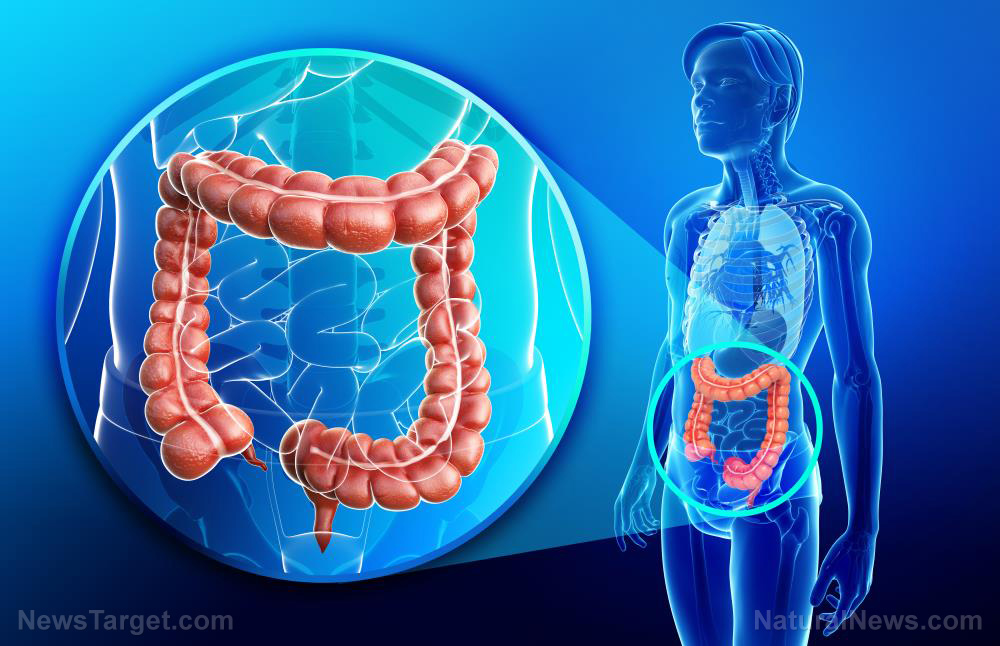Reduce your colorectal cancer risk by up to 39% with 60 minutes of daily physical exercise
07/12/2020 / By Virgilio Marin

A recent study in the British Journal of Cancer revealed that people with at least 60 minutes of physical activity from adolescence could potentially reduce their risk for colorectal cancer by more than a third. The report, led by researchers from the University of Sao Paolo, is the first to analyze the direct link between physical activity during adolescence and the risk of developing adenomas later in life.
Physical activity, crucial for risk reduction
Colorectal cancer refers to cancers that start in either the colon or rectum. These can also be called colon or rectal cancer, depending on where the disease first appears. Most colorectal cancers develop from adenomatous polyps, or precancerous growths in the colon or rectum.
In their report, the team drew data from 28,250 women in the Nurses’ Health Study II, one of the largest investigations into risk factors for major chronic diseases ever conducted. They included women who offered data on their individual history of physical activity and had lower bowel endoscopy between 1998 and 2011.
The researchers found that daily physical activity for more than 60 minutes during adolescence, measured from age 12 to 22 years, reduced the risk of adenoma by seven percent, compared to little or no activity. Meanwhile, physical activity only during adulthood, measured from age 23 to 64 years, reduced the risk by nine percent, and physical activity in both adolescence and adulthood reduced the risk by 24 percent. These numbers are adjusted according to known risk factors such as smoking, diet, alcohol intake and family history of colorectal cancer.

When the severity of adenoma is considered, the differences become more significant. Compared to participants with low-activity lifestyle during both adolescence and adulthood, those with high physical activity during both stages had a reduced risk of advanced adenoma by 39 percent. To note, advanced adenomas are bigger in size and more likely to develop into cancer.
“This increased level of risk reduction correlated with villous adenomas, which are aggressive polyps with a diameter of more than 1 cm and are the most likely to evolve into colorectal cancer,” explained Leandro Rezende, one of the lead authors of the study.
Physical activity reduces the risk of colorectal cancer because it decreases body fat, inflammation and insulin levels. It can also lead to a balanced and more diverse gut bacteria, resulting in good metabolic and inflammatory activity.
Limiting sedentary lifestyle
While it is common knowledge that inactivity is bad for the health, the extent of its harmful effects remains open-ended. In another study, this time from the Journal of the National Cancer Institute, a team of researchers from the University of Regensburg in Germany drew a link between sedentary lifestyle and cancers in the colon, endometrium and lungs.
For this study, the researchers used meta-analysis and compared data from 43 observational studies, which include over 4 million individuals and 68,936 cancer cases.
When the highest levels of sedentary behavior were compared to the lowest, the researchers found a significantly higher risk for the three types of cancer. Even people who maintain an active lifestyle can be affected if they spend large amounts of time sitting down. In this case, limiting the time spent sedentary plays an important role in preventing cancer.
However, statistics on the American sedentary lifestyle show a penchant for sit-down activities.
According to the American Heart Association, nearly one-third of high school students play video games or computer games for three or more hours on an average school day. When other virtual screens are considered, the numbers only get worse. A study from the Kaiser Family Foundation found that children spend more than seven and a half hours a day in front of a screen. (Related: Study suggests TV watching lowers physical activity (press release).)
Meanwhile, a 2020 survey from the Centers for Disease Control and Prevention found that more than 15 percent of American adults were physically inactive, with the South having the highest prevalence of physical inactivity at 28 percent.
“Too many adults are inactive, and they may not know how much it affects their health,” says Ruth Petersen, director of the CDC’s Division of Nutrition, Physical Activity, and Obesity. She also encourages everyone to be more active and exercise adequately.
“Being physically active helps you sleep better, feel better and reduce your risk of obesity, heart disease, type 2 diabetes and some cancers,” Petersen adds.
Learn more ways to prevent cancer and other diseases at Health.news.
Sources include:
Submit a correction >>
Tagged Under:
adult health, american lifestyle, cancer, Colon Health, Colorectal Cancer, disease prevention, exercise, fitness, health, lifestyle change, physical activity, sedentary lifestyle., sleep, work out
This article may contain statements that reflect the opinion of the author




















